T4K3.news
US links transit route to leverage in Caucasus
A new 20 mile corridor through Armenia to Azerbaijan's Nakhchivan gives the US development rights along the path, signaling a shift away from Moscow.
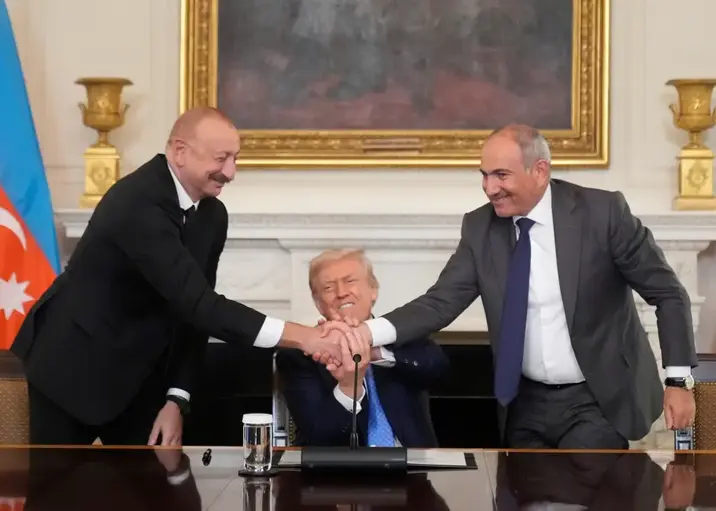
A Trump brokered agreement creates a 20 mile transit corridor and exclusive US development rights, signaling a shift in regional leverage away from Russia.
Trump Armenia Azerbaijan deal gives US leverage over Russia
WASHINGTON — A Trump brokered peace agreement between Armenia and Azerbaijan marks a breakthrough after decades of fighting and signals a shift in regional power. The plan would create a 20 mile transit corridor, labeled the Trump Route for International Peace and Prosperity, allowing Azerbaijanis direct access to Nakhchivan via Armenia and giving the United States exclusive development rights along the route.
Russia’s role as a regional broker is collapsing in practice, a pattern that began when Moscow failed to defend Armenia during the 2023 Nagorno Karabakh push and earlier in 2020 when a transit arrangement stalled. If the deal holds, Washington could project influence in West Asia by filling a void left by Moscow, potentially reducing Russia’s leverage over Armenia and Azerbaijan even as Moscow pursues its Ukraine strategy.
Key Takeaways
"Think of it like the United States and Alaska, but Armenia sits between"
Coffey on route geography
"This never happened, though, because Russia as the power broker failed to implement it"
Coffey on past failure to implement transit
"They’re being sidelined in a conflict that they used to play a key role in keeping frozen"
Hardie on Russia’s diminished sway
"I wouldn't put anything past this White House, and I don't mean that in a derogatory sense, but they see this purely as transactional"
Coffey on transactional approach
The agreement shows Washington testing transactional diplomacy in a volatile region. By tying development rights to a concrete transit corridor, the US signals willingness to shape incentives to gain strategic influence. That could erode Moscow’s sway, but it also raises questions about long term stability and who bears the costs if the arrangement falters. Russia will likely push back and seek to reassert its behind the scenes role, while Washington watches how allies and rivals respond in a tense wider conflict.
Highlights
- Think of it like the United States and Alaska, but Armenia sits between
- This never happened, though, because Russia as the power broker failed to implement it
- They’re being sidelined in a conflict that they used to play a key role in keeping frozen
- I wouldn't put anything past this White House, and I don't mean that in a derogatory sense, but they see this purely as transactional
Political and geopolitical sensitivity
The story involves a high-stakes diplomatic move that could redraw influence in a volatile region and provoke responses from Russia and its allies. Readers should consider potential backlash, shifting alliances, and the implications for regional stability.
The real test is whether this becomes a durable shift or a headline
Enjoyed this? Let your friends know!
Related News
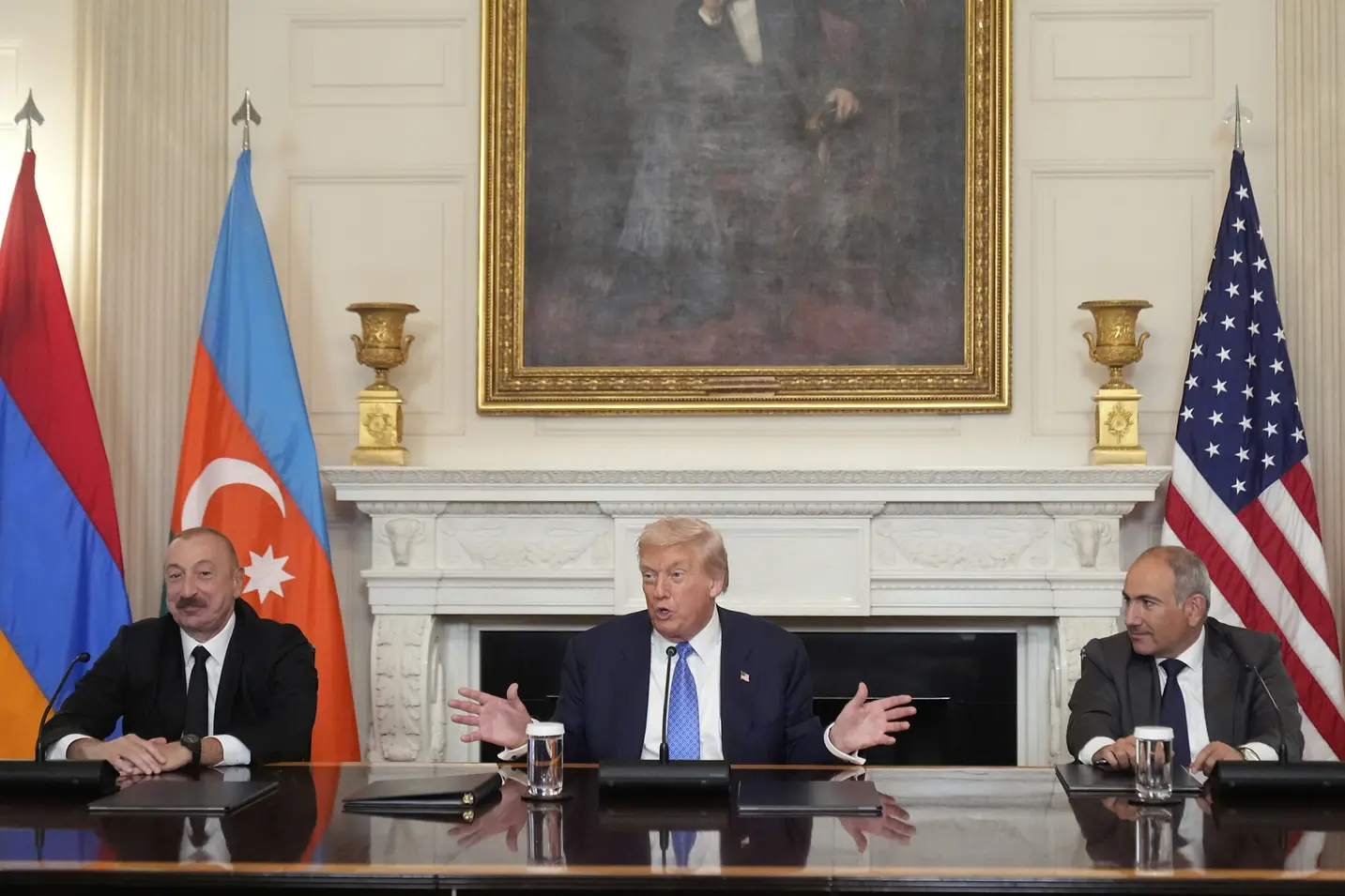
Iran threatens Trump corridor in peace deal
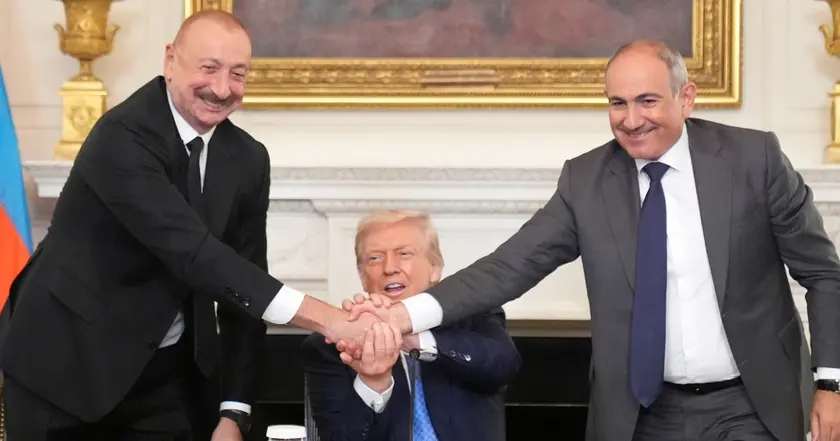
Peace deal signed at White House
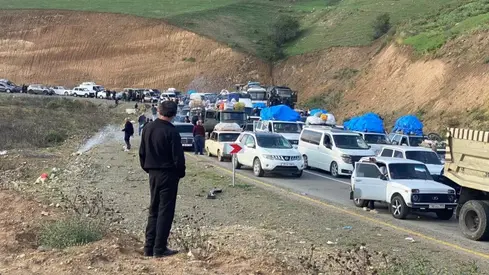
Trump Route linked to Caucasus peace talks
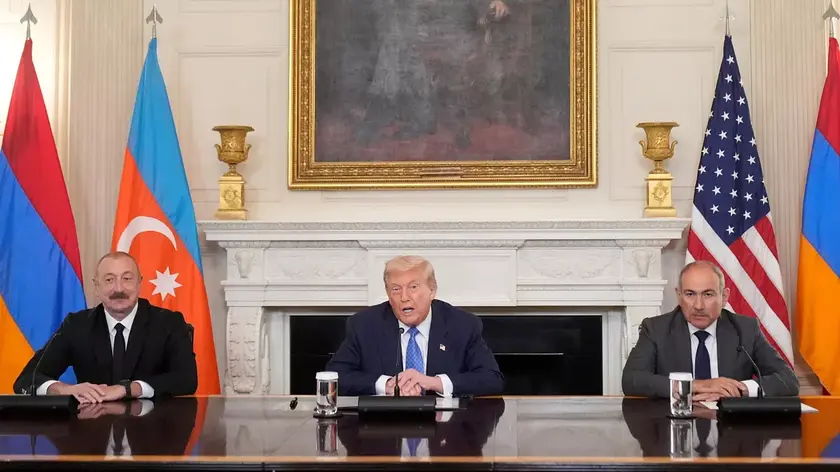
Peace agreement signed in Washington
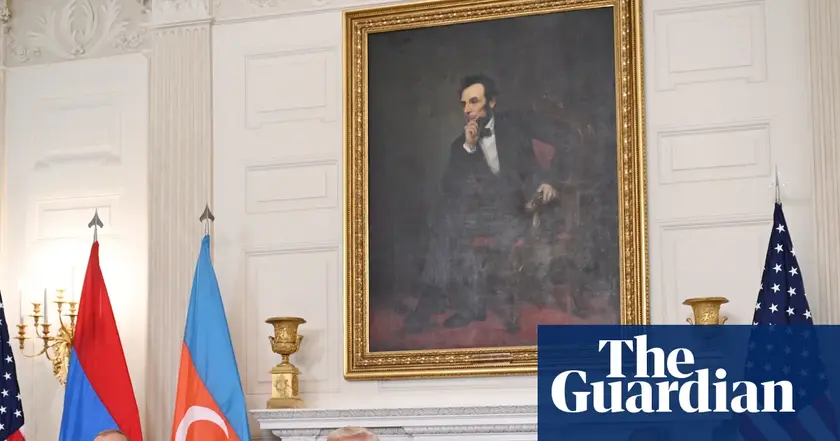
US corridor reshapes regional influence in Caucasus
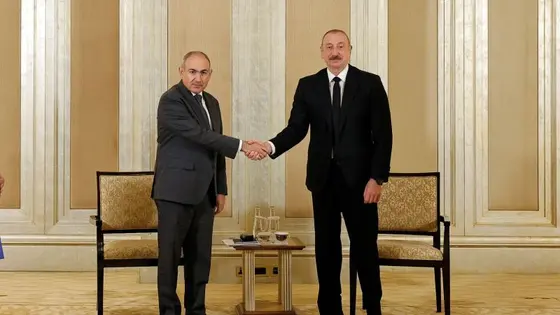
Trump pushes Armenia and Azerbaijan peace pact with US transit corridor
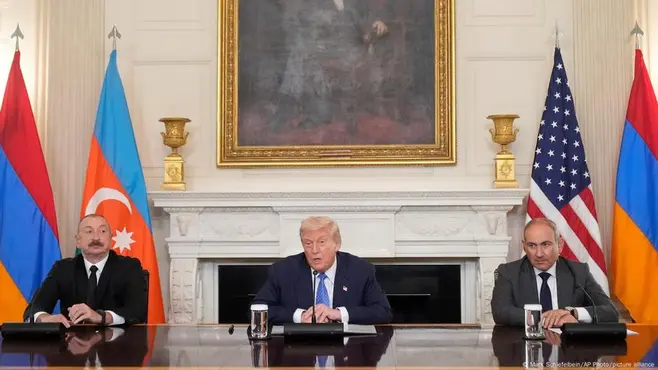
Caucasus peace deal signed
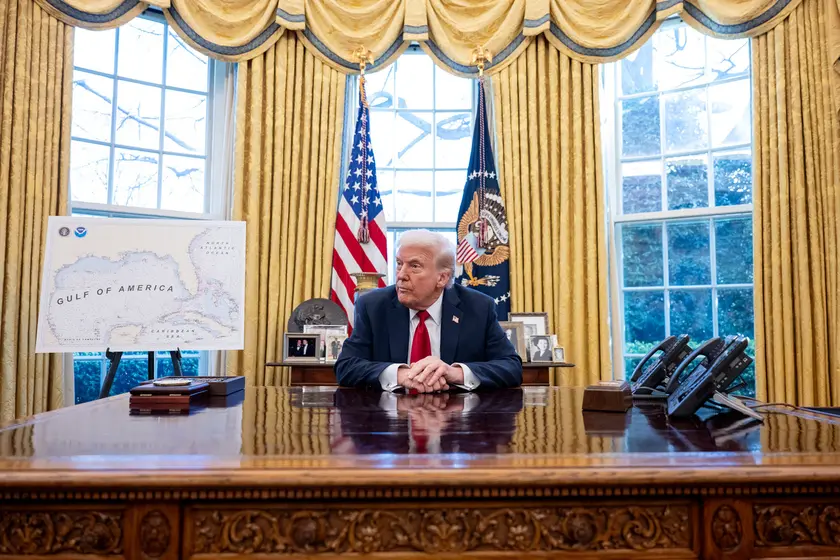
Historic Peace Summit Held for Armenia and Azerbaijan
